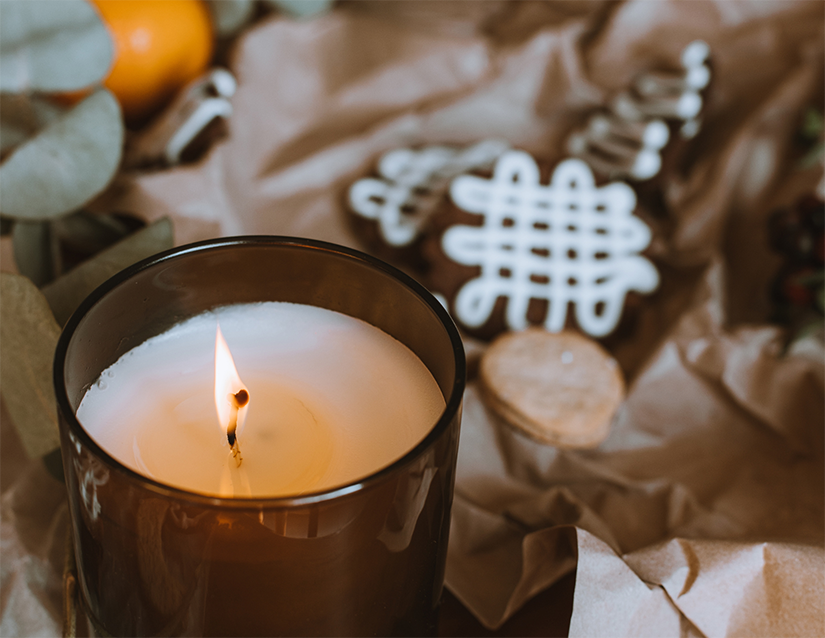
October 14, 2021| Environment
By: Marty Kane
We were contacted this week by a lake resident who noticed a very interesting life form at her boathouse. It was attached to the bottom of the fencing used to keep barn swallows from entering. This spongy-looking mass is probably unfamiliar to most lake residents.

While I was not acquainted with bryozoans, fortunately, folks I worked with were. I quickly learned they are not scary monsters or from out-of-space. They are colonies of microscopic animals similar to coral. The one seen in this photo is a colony of thousands of these animals. The name bryozoan means “moss animal.” They are named for their yellowish-green tint, which is created by algae on the colony.
Bryozoans cannot live in polluted water and are considered a harbinger of good water quality. Each tiny animal is a filter feeder, which dines on a variety of plants and animals floating in the lake so they actually filter the water being ingested. These animals are harmless. They do not sting or bite, but they are living creatures, so, if at all possible, please do not disturb them.
Colonies of bryozoan tend to attach to a structure such as a rock or submerged branch. At Lake Hopatcong, they are generally found on docks and ladders submerged into the water.
As water temperatures cool this fall, bryozoans die. The jelly dissolves releasing small, dark brown disks. The disks remain dormant for some time, withstand drying or freezing, and survive winter to start a new life cycle next spring. Another interesting part of our lake life!
Find out more about freshwater bryozoans from the Clemson Cooperative Extention.

December 17, 2025
Community, Fundraising, People

December 16, 2025
Community, Environment